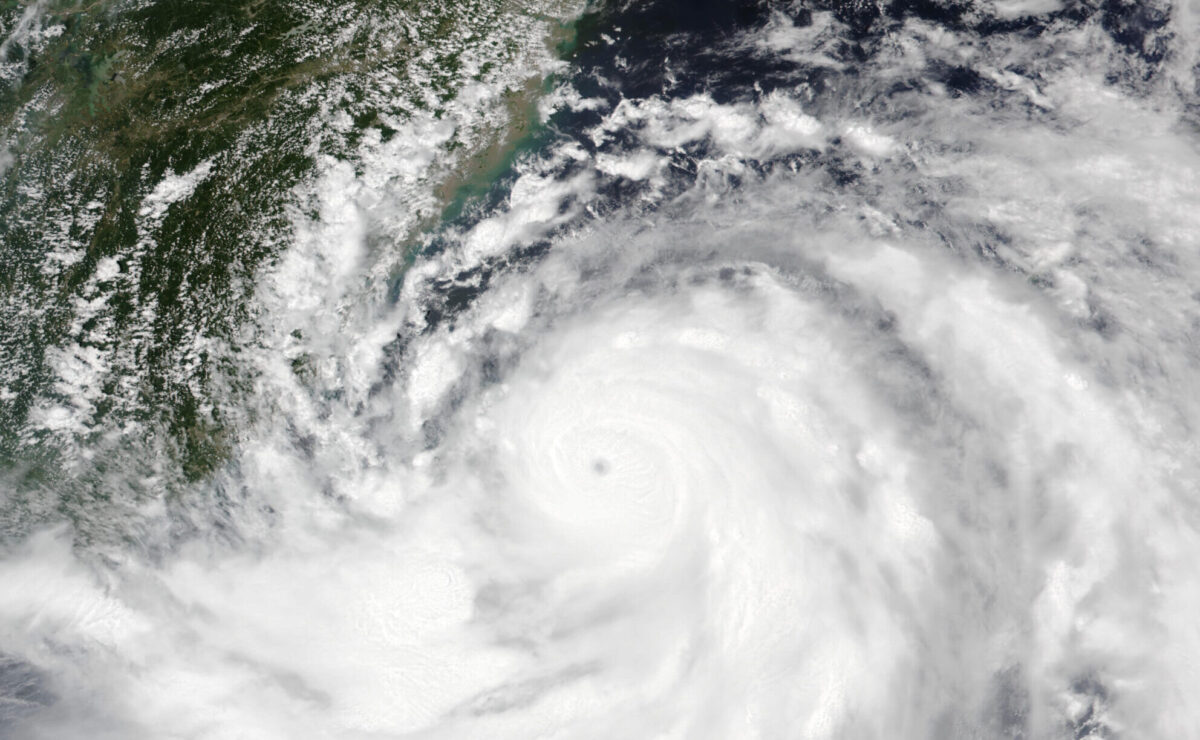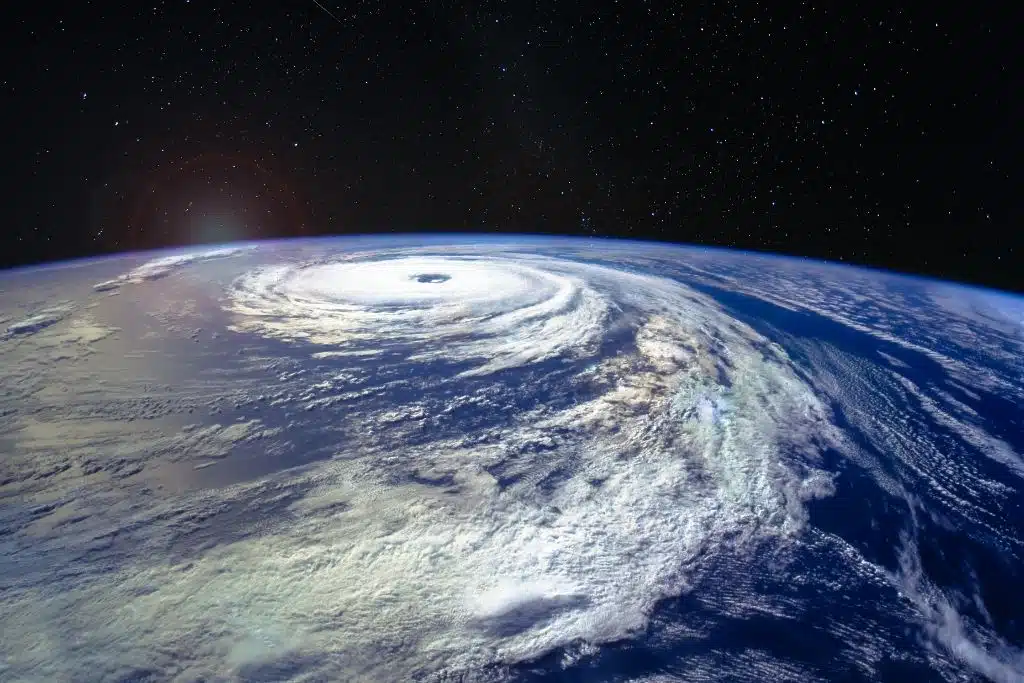Typhoon Gaemi, which struck the Philippines, Taiwan, and China in late July, has been identified as a “hyper-violent” storm exacerbated by the climate crisis, according to scientists. The typhoon, characterized by destructive winds of up to 145 mph (233 km/h), caused widespread devastation, including floods, landslides, and the sinking of ships.
The storm claimed at least 100 lives and impacted millions of people, particularly in Manila, where floodwaters reached the height of a one-story building.
Researchers from the World Weather Attribution (WWA) team found that Typhoon Gaemi’s intensity was significantly increased by human-induced global warming. The analysis revealed that the typhoon’s wind speeds were about 9 mph (14 km/h) faster due to climate change, and rainfall levels were up to 14% higher, both results of fossil fuel-driven global heating.
The study highlighted that warm ocean waters, fueled by the climate crisis, provided the energy necessary to intensify the storm.

The findings indicate a concerning trend of increasingly powerful and deadly typhoons in Asia as the planet warms. Dr. Ben Clarke of Imperial College London warned that the region will become more hazardous unless fossil fuels are replaced with renewable energy sources.
His colleague, Dr. Friederike Otto, emphasized the need to address inequality and protect vulnerable populations to mitigate the impacts of such extreme weather events.
The study also noted a 30% increase in the number of intense typhoons in the northwest Pacific Ocean since 1900, linked to rising carbon emissions. The research utilized weather data, climate models, and peer-reviewed methods to compare the current climate, warmed by about 1.2C, with preindustrial conditions.
This was the first time all aspects of a tropical cyclone, including wind and rainfall, were analyzed in this way, involving a team of 23 scientists from various countries.
While strides have been made in flood protection and emergency response, experts like Maja Vahlberg of the Red Cross Red Crescent Climate Centre stress that current systems are being outpaced by the extreme weather caused by climate change.
She highlighted the urgent need to address the growing number of people living in vulnerable areas, such as informal settlements in low-lying regions. Vahlberg emphasized that the future safety of millions depends on the actions taken today to combat the climate crisis.

